Why Jaquavious Kills
Not systemic racism. Not police. The greatest threat to young Black men is the women who raise them.
The Wrong Question
Every time a young Black man dies, the country is told the same story. We are told it was racism. We are told it was the police. We are told it was the system.
We are not told he was shot by someone who looked just like him.
We are not told he was raised without a father, in a home where shouting replaced discipline and emotional outbursts replaced order.
We are not told the truth because the truth is inconvenient.
The truth is this:
Most young Black men are not dying at the hands of White America.
They are dying at the hands of the culture that raised them.
That culture is not led by the police.
It is not led by politicians.
It is not even led by men.
It is led, overwhelmingly, by unmarried, unstable, emotionally unchecked women. These are women who were never expected to build strong homes, only to survive in broken ones. Women who were told they did not need men, and who have now raised a generation of boys who do not know how to be men, only how to react like their mothers.
The results are not surprising. They are predictable.
When boys are raised in chaos, they do not develop into orderly individuals.
They grow into timebombs.
And yet we are told to blame everything but the fuse.
This is not a comfortable truth.
But it is the only truth that explains what is actually happening, and the only one that might stop it.
The Myth of Systemic Racism
We are constantly told that young Black men are hunted in America. That they are born with a target on their back. That every police officer, every courtroom, every traffic stop is just one moment away from turning into a headline.
But the data tell a different story.
In 2021, there were 13,234 homicides recorded in the United States where the race of both the victim and the offender was known. Of the Black homicide victims, 88 percent were killed by other Black people. Not by the police. Not by white vigilantes. By people from their own neighborhoods, often people they knew personally.
The average Black man is not killed by a system. He is killed by someone who calls him “bro.”
The police, far from being the primary threat, are statistically less likely to use lethal force against Black suspects than media narratives suggest. In fact, research has shown that officers are often more hesitant to shoot Black suspects than white ones, for fear of social and political consequences. However, such restraint does not exist on the streets. The young man who was told to “handle disrespect” like a man does not hesitate to pull the trigger.
The narrative of systemic racism is convenient because it shifts the blame from the individual to the abstract. It allows people to ignore the shooter and blame the badge. It allows politicians to avoid criticizing the broken homes in their own districts while holding press conferences about national injustice.
This narrative does not exist because it is true.
It exists because it is useful.
It generates outrage. It raises money. It gets votes.
But what it does not do is solve anything.
And it certainly does not bring down the Black homicide rate, because it refuses to admit where that rate is coming from.
When the same problem repeats itself across cities, generations, and administrations, you do not need a conspiracy. You need a mirror.
Raised by Chaos, Not Discipline
We are often told that poverty is the root cause of crime in Black America. But poverty by itself does not breed dysfunction. Millions of people have grown up poor and gone on to lead responsible, productive lives. What separates those who climb out of poverty from those who sink into violence is not income. It is order.
And, in most cases, order starts at home.
The Fatherless Foundation
More than 70 percent of Black children in the United States are born to unmarried mothers. As of 2023, about 47 percent of Black mothers are single mothers, and roughly 50 percent of all Black children live in single-parent homes, almost always headed by women.
The Black family survived slavery, Reconstruction, and Jim Crow. What it did not survive was the benevolence of the welfare state, which subsidized the absence of fathers and penalized the very institution that anchors communities: the family.
These children are not just missing a second paycheck. They are missing a disciplinarian. A stabilizer. A model of masculine self-control.
They are raised in environments where emotions set the tone and reaction is the default. The result is predictable: boys who absorb the temperament of their mothers and grow up without ever learning what male authority looks like, let alone how to wield it with discipline.
A boy raised by emotional volatility learns to survive, not to lead.
Where the Chaos Concentrates
The problem is not just single motherhood. It is where and how it happens.
Over 20 percent of Black children live in high-poverty neighborhoods. These are areas where at least one in five households falls below the poverty line. In these environments, instability is the norm. Neighbors come and go. Police are distrusted. Schools are overwhelmed. Violence is common. And children absorb all of it before they are old enough to process any of it.
In these neighborhoods, mothers often work long hours or multiple jobs. Actual parenting becomes minimal. And when it does happen, it comes from a place of exhaustion, frustration, and emotional overdrive.
Yelling replaces teaching. Slapping replaces talking. Screaming replaces structure.
Discipline, when it appears, is not calm. It is violent. And often too late.
Combine this with government dependency, normalized dysfunction, and a media culture that rewards outrage and vulgarity, and what you get is a generation of boys raised not to think but to feel, and to feel loudly.
The True Estimate
There is no official statistic for how many young Black men are raised by what people call “ghetto” women. That term is cultural, not demographic. But we can estimate conservatively.
Roughly 50 percent of young black males are raised by single mothers. About 20 to 27 percent live in high-poverty areas. A meaningful percentage of those mothers exhibit the cultural traits associated with dysfunction: loudness, impulsivity, emotional volatility, glorification of materialism, and hostility toward male authority.
Given that nearly 64 percent of Black children are raised in single-parent households, and that single-mother households are three to four times more likely to live in poverty, it is reasonable to conclude that a substantial share of young black males are being raised in homes shaped by both emotional strain and economic hardship, often without the balancing presence of a father or strong community institutions.
These boys are raised by mothers who often see men as disposable, orders as oppressive, and corrections as disrespect.
So when these boys become men, what do they become?
They become men who explode at perceived disrespect.
Men who cannot handle being told no.
Men who see a fight as a solution, not a failure.
Men who kill because no one ever taught them how to handle a bruise to their ego.
This is not a fluke. It is the natural outcome of a social environment that replaces masculine restraint with unchecked emotion and then refuses to question the results.
Real-World Indicators
In city after city, Chicago, Baltimore, Philadelphia, St. Louis, the killers and the killed are overwhelmingly young Black men. Nearly all of them come from fatherless homes.
A 2019 Department of Justice study showed that Black males aged 16 to 34 made up just 2 percent of the U.S. population, but accounted for nearly 40 percent of homicide arrests nationwide.
These are not men who were corrected early. These are men who were never told to sit still, never taught to listen, and never made to respect boundaries. Their first experience with real male authority often comes in the form of a badge or a prison guard.
The first time many of these young males hear “no” from a man is when they are being arrested.
By then, it is too late.
Victimhood: Excuses as Identity
The most dangerous thing you can give to someone who has failed is an excuse.
In much of Black America, failure is no longer something to correct. It is something to explain away. And the most popular explanation is victimhood.
He failed in school? The teacher was racist.
He fought the police? The cop escalated it.
He robbed someone? He had no choice.
He died? He was targeted because he was Black.
This pattern is so predictable that it has earned an online nickname, “DinDuNuffin.” A parody of what is often said by friends and family after a young Black man is arrested or killed. “He didn’t do nothin’.” “He was turning his life around.” “He was just walking home.”
The reality is that many of these men had long arrest records, a trail of violence, and a pattern of bad choices. But the culture refuses to hold them accountable. Instead, it sanctifies them, turning them into martyrs and murals while ignoring the lives they destroyed along the way.
This is not compassion. This is cowardice dressed as justice.
And it starts in the home.
Many of the same mothers who raise these boys are the first to excuse them. They defend disrespect. They attack teachers and neighbors who speak up. They teach their sons to see every consequence as an injustice, and every authority figure as an enemy.
You cannot raise a boy to see discipline as oppression, then expect him to become a responsible man.
Victimhood becomes the default setting. It strips these boys of agency and responsibility before they even become men. And when enough people believe they are powerless, they stop trying to gain control and start demanding sympathy instead.
But no amount of sympathy will make a boy into a man.
Only accountability can do that.
Vanity: Image Over Substance
In stable cultures, vanity is a byproduct of the culture itself. In broken cultures, it becomes a foundation.
One of the clearest signs of decay in the modern Black community is the obsession with image over substance. Style is no longer a reflection of success. It has become a substitute for it.
The Beauty Economy of the Poor
Despite the economic challenges facing Black households, Black women remain the largest per-capita spenders on beauty and hair care in America.
Black consumers spent over $8.6 billion on beauty products in 2021, accounting for 11.1 percent of the market while being only 13 percent of the population.
(McKinsey & Company, 2023)According to Nielsen, Black women spend nine times more on hair products than non-Black consumers.
Wigs and weaves can cost $200 to $1,000 each, with maintenance costing hundreds more every month.
Nail appointments average $70–$100 monthly, with “luxury nails” and custom acrylics often reaching $150 or more per visit.
One 2018 Mintel report estimated that over 80 percent of Black women had used a hair weave, wig, or extension at some point.
This is not an investment. This is consumption. And it is not done by the wealthy. It is common among women who receive public housing, food assistance, and child support from absentee fathers.
You can walk into Section 8 housing and see $300 hair, $200 nails, and children with $200 Jordans, but no books, no flashcards, and no father.
The most expensive thing in the house is not the child’s future. It is the mother’s appearance.
Image Passed Down Like a Religion
Children raised in this environment absorb a warped value system. Materialism becomes identity. Image becomes social capital. Respect is earned by what you wear, not what you do.
This is why you see teen boys robbing or killing for sneakers, not food.
In 2016, a 17-year-old in Brooklyn was shot in the head and killed over a pair of Jordans.
In Houston, a 14-year-old boy was stabbed to death at school for wearing designer shoes.
In Detroit, two teens were arrested for killing a classmate over an expensive belt.
These are not isolated events. They are symptoms of a culture where appearance is everything and character is nothing.
Meanwhile, academic outcomes reflect the deeper neglect:
According to the 2022 NAEP scores, only 8 percent of Black 8th graders were proficient in math, and only 13 percent in reading.
In many major cities, including Baltimore, Detroit, and St. Louis, black male children score below basic proficiency in core subjects by wide margins.
Yet these same districts report disciplinary incidents, fights, and cell phone violations in record numbers.
The average young Black male in these areas cannot pass algebra, but he knows how to pose on TikTok. He cannot explain a paragraph, but he can describe every brand of sneaker on the market.
Where did he learn it? From the women raising him.
Mothers who spend more time buying lashes than reading to their children.
Mothers who curse out teachers and cashiers in front of toddlers.
Mothers who know the name of their nail tech but not their son’s homeroom teacher.
What We Prioritize, We Produce
The data paints a clear picture:
High consumer spending on appearance, especially hair and nails, despite low overall wealth
Low academic outcomes paired with high behavioral issues
Youth violence that is often tied directly to the pursuit of luxury goods
This is not just poverty. This is cultural vanity elevated above purpose.
In healthy families, children are the priority. In broken ones, attention is.
Until the next generation of mothers learns to value order, restraint, and sacrifice over image and indulgence, the boys they raise will continue to chase status instead of stability.
Dignity is not found in designer labels.
Respect is not something you buy.
And children do not become men by watching their mothers chase clout.
Structure and Strain: The Cost of Father Absence in Black America
The breakdown of the two-parent family has had a profound impact across the United States. But nowhere are the consequences more visible than in black communities, where father absence has become the norm rather than the exception.
In Black households, approximately 64 percent of children are raised in single-parent homes. Their mothers raise the overwhelming majority of those children. This reality is not simply a demographic detail. It is a social and structural problem with far-reaching consequences.
This is not an attack on single mothers, many of whom work hard and make significant sacrifices to raise their children. But effort does not erase impact. Structure matters. And the absence of a father in the home consistently correlates with poor outcomes for children, especially for boys.
Data from the National Fatherhood Initiative shows the following:
Children without fathers are four times more likely to live in poverty.
They are twice as likely to drop out of school.
They face significantly higher risks of behavioral disorders, incarceration, and teenage pregnancy.
A 2020 study by Brookings found that young black males raised in father-absent homes were far more likely to experience downward mobility. Even when household income was comparable, boys raised without a father tended to fall behind their peers. The presence of a father had a greater impact on outcomes than income alone.
This suggests that the issue is not one of race or resources, but rather structure and guidance.
Single mothers often carry the full weight of childcare, income generation, discipline, and emotional labor. Many face high levels of chronic stress and depression. According to data from the CDC, single mothers report elevated rates of psychological distress compared to married women, and especially compared to married mothers with consistent support.
This stress has consequences. It impacts how children are disciplined, how emotional problems are handled, and how boys learn to express themselves. In the absence of consistent male authority, boys are often left to absorb norms from their peers, peers who may also be raised in chaotic environments without stable role models.
As a result, young men raised in father-absent homes often develop reactive, impulsive, or emotionally unstable habits. In communities where these traits are prevalent, it becomes challenging for young men to envision an alternative path or recognize the long-term consequences of their short-term behavior.
“We know the statistics: children who grow up without a father are five times more likely to live in poverty and commit crime; nine times more likely to drop out of schools; and twenty times more likely to end up in prison.” - Barack Obama, 2008 Father’s Day Speech
Sociologist Sara McLanahan’s research found that children raised outside of two-parent homes have worse outcomes across nearly every category. These differences persist even after controlling for income, neighborhood, and education. In other words, family structure remains one of the most important predictors of a child's future.
Many single Black mothers were also raised without fathers, continuing a generational cycle. Without cultural pressure to reverse the trend, through mentorship, marriage, community institutions, or values-based education, the pattern repeats.
This is not just a personal tragedy; it is a national tragedy. It is a societal cost.
Educational decline, rising crime, mental health struggles, and intergenerational poverty all trace back, in part, to the erosion of stable families. It is not enough to blame external forces when the internal structure is lacking.
Thomas Sowell once wrote, “There are no solutions. There are only trade-offs.” The trade-off of normalized fatherlessness has been the erosion of discipline, direction, and development in the next generation of young men.
Unless the conversation shifts from politics to principles and from blame to structure, these patterns will not change.
If You Really Care About Outcomes
The problems facing young Black men cannot be explained away by blaming vague systems or the police. The numbers are too consistent to ignore. Boys raised without fathers face higher risks of failure in school, involvement with crime, poverty, and incarceration. This holds true across racial lines, but it is most visible in the Black community because fatherlessness has become the norm, not the exception.
What made this possible was not just neglect, but policy. Welfare programs discouraged marriage. Activists turned victimhood into identity. The culture began to reward emotion over structure and appearance over discipline. And it left mothers to raise boys without the one thing they need most, the influence of a strong, consistent father figure.
These mothers were often raised by single mothers themselves. They carry generational wounds, unchecked emotions, and stress levels that overwhelm even the strongest support systems. They are not bad people. They are simply unprepared for the task they’ve been left with. And the boys they raise grow up angry, undisciplined, and dangerously thin-skinned.
This essay dismantles the lie that racism or policing is the primary threat to young Black men. Instead, it exposes the more profound truth that fatherlessness, emotional instability, and cultural dysfunction have created a cycle of destruction.
If we want different outcomes, we need to start telling the truth. Not to assign blame, but to take responsibility.
Because until we confront the reality that unstable homes raise unstable men, nothing will change.
You want justice? Start in the living room.
You want change? Start with the truth.
Because nothing else will work, and deep down, we all know it.
If This Hit a Nerve, Do Something About It
I don’t run ads. I don’t hide my work behind paywalls. I write for everyone, especially the people no one else dares to speak for.
But telling the truth comes at a cost. And we’re up against a system that has money, media, and momentum. What we have is honesty, grit, and readers like you.
If you believe this work matters, if you want it to keep going, this is your moment to step up:
Become a Paid Subscriber: https://mrchr.is/help
Join The Resistance Core (Founding Member): https://mrchr.is/resist
Buy Me a Coffee: https://mrchr.is/give
Give a Gift Subscription https://mrchrisarnell.com/gift
Every contribution counts. But if you’re in a position to give more, do it. That’s how we build something that lasts. That’s how we fight back.
Because the truth won’t survive unless we’re willing to fund it. And if we don’t speak it, no one will.


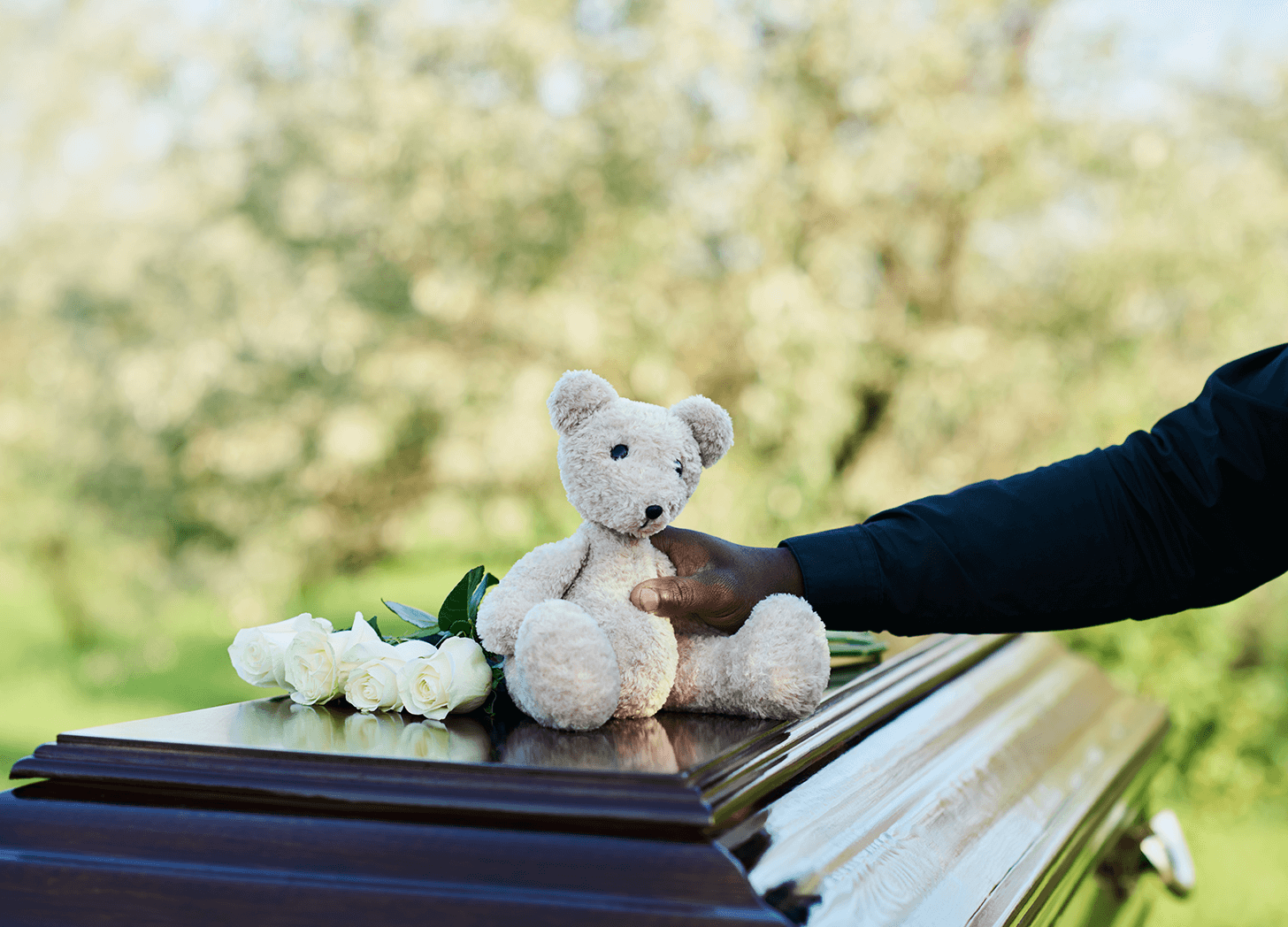
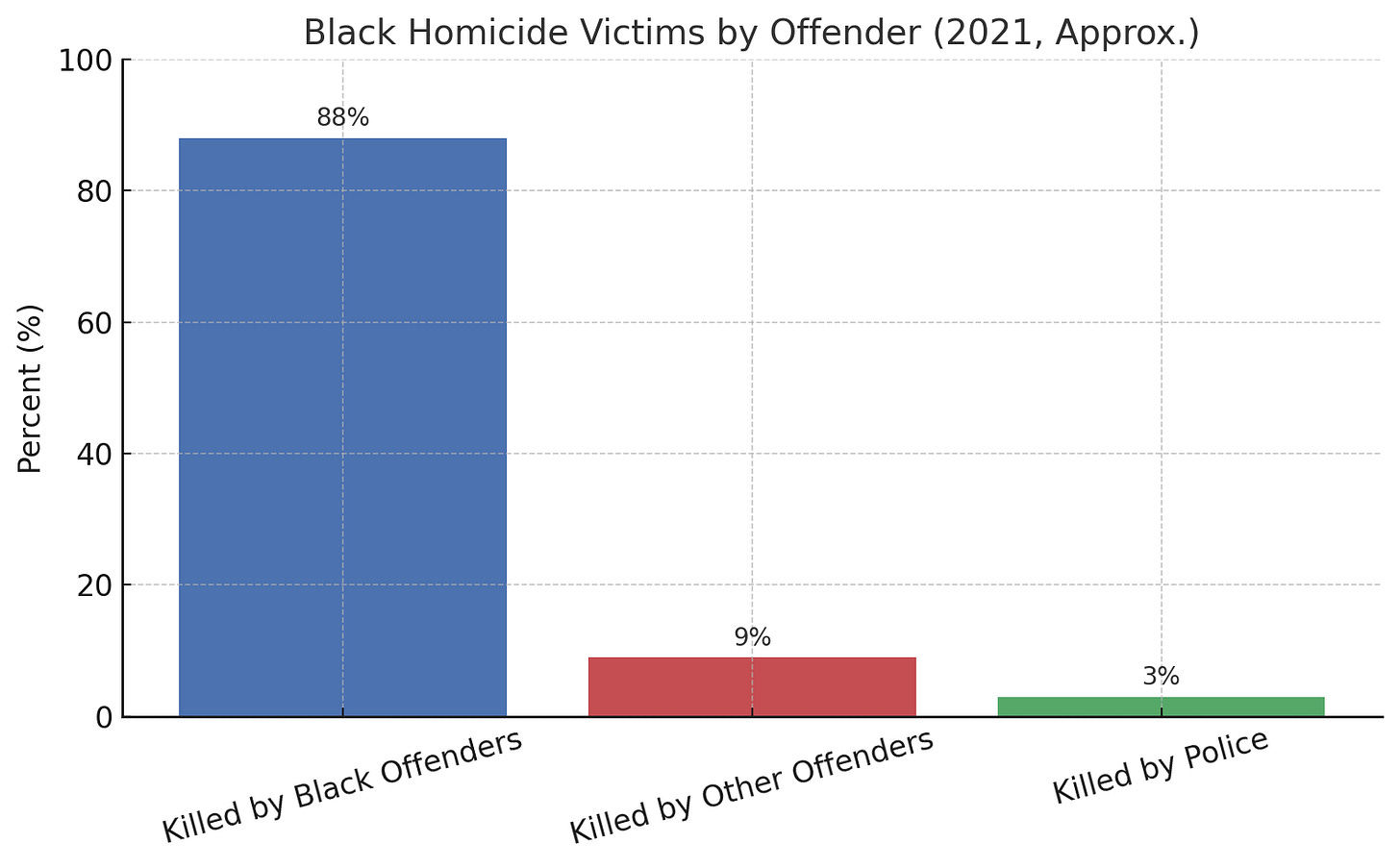
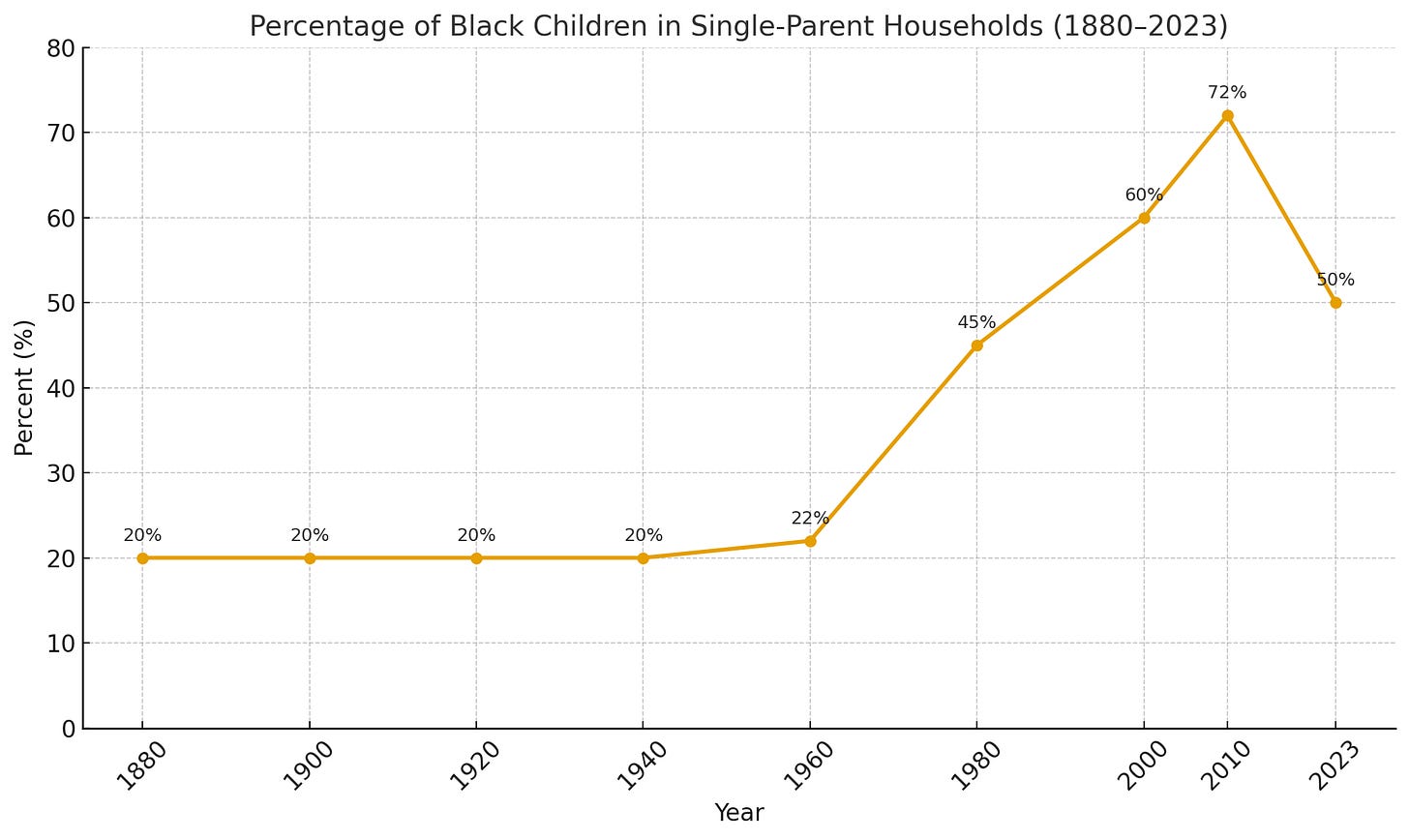
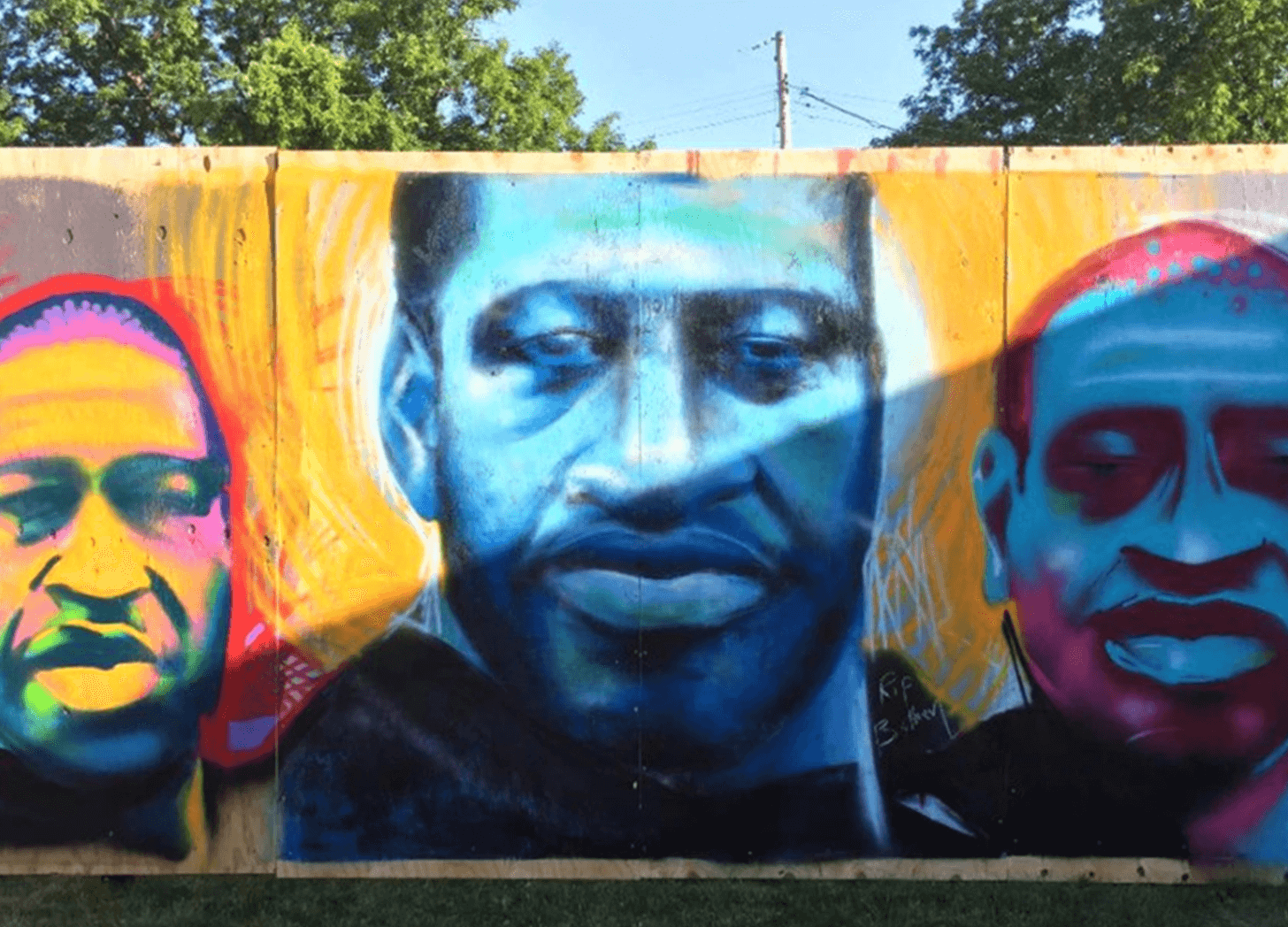

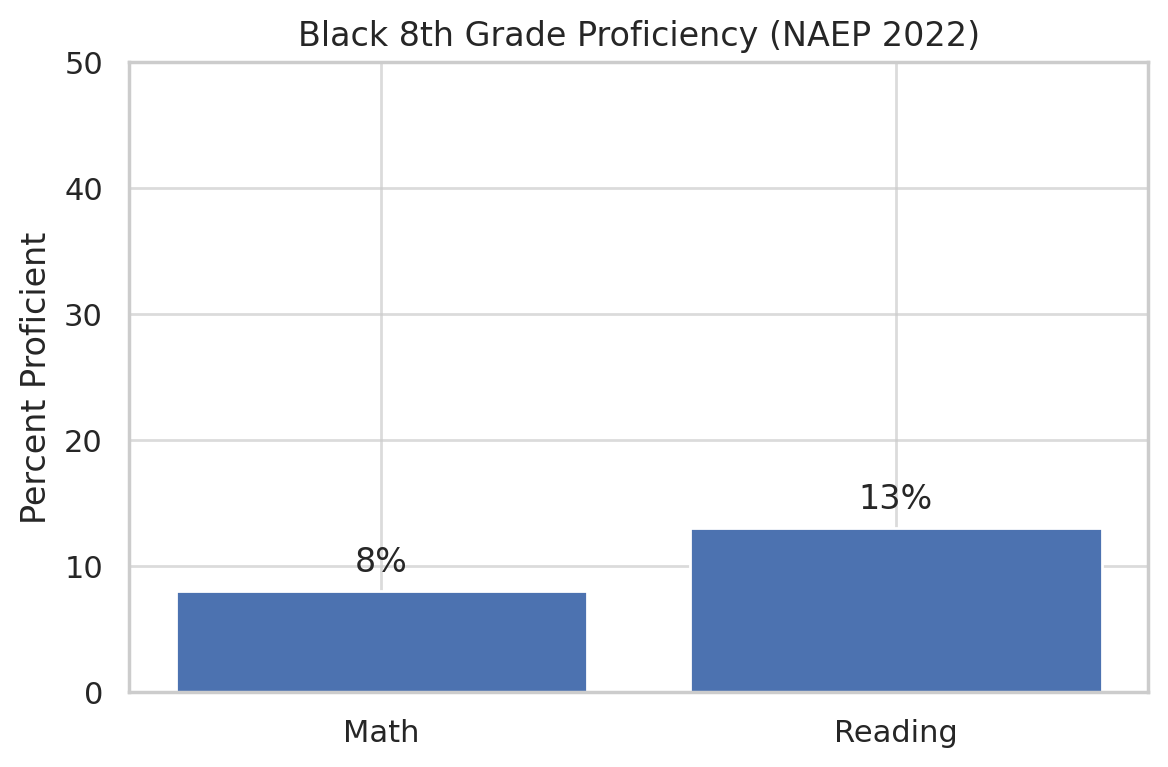
The ultimate heresy. The people who claim to care the most about children and justice cannot tolerate this message. Even considering the possibility that there is truth here would undermine their entire sense of self and worldview.
Another in a string of great essays that brings the receipts.
It's too bad the people who have the power to implement policies that might change things will never be exposed to these thoughts.